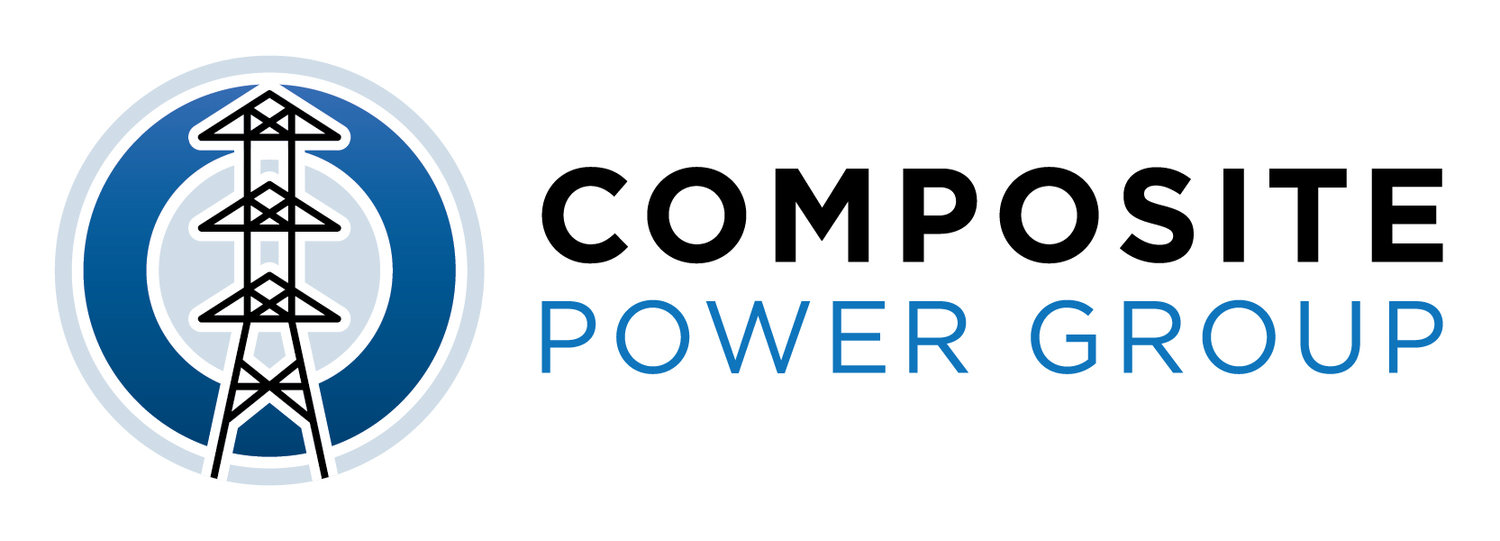High Strength Precast Concrete Trench Systems
/For a while now, there has been very few options for trench systems on the Canadian market. In a previous blog, we announced that Concast cable trench systems have been approved at Hydro-Quebec and Hydro One. Now that we have been delivering trench systems to multiple projects, we know for a fact that our solution is more economical than the polymer-concrete offer. The cost of resin has reached market highs during these unique times and this increase is probably not ending soon. Resin used in polymer-concrete is based on petroleum and we’ve been seeing the barrel price continuing to soar. You might wonder why we questioned the use of Design Load equipment. The explanation will come in just a minute, but first let’s look at the basics of cable trench systems. Their application can be divided in four major categories:
Trench systems come in various ratings because different traffic passes over it - could be your standard Canadian 165 pound pedestrian, a 300 pound visitor, a bucket truck, or a flatbed delivering an oil-filled transformer! The quantity of cables or mechanical piping running through your trench system will vary as well- that’s why Concast offers a variety of width and depth in their channels.
Inside depth ranges from 8 inches to 24 inches,
Width ranges from 6 inches to 50 inches,
Standard channel length is 4 feet or 8 feet long, but custom lengths are offered during design phase to meet project requirements,
Concast’s knowledge and 50 year experience will help you and your team in meeting the most demanding configurations. Customization is their strength.
All channels are Proof load (as per AASHTO) as opposed to many competitors offering only Design load.
Design Load vs Proof Load
The American Association of State Highway and Transportation Officials (AASHTO) is a standards setting body which publishes standards, test protocols and guidelines that are used in highway design and construction throughout North America. A customer or consultant specification with a specific design load requirement for the trench does not mean that the product provided will have been tested with a safety factor over the design load. The AASHTO requires that trench systems be tested with a safety factor of a minimum of 2.5 times the design load. Concast is among the few manufacturers to offer tested equipment (proof load). Here is a table summarizing the loads based on the AASHTO ratings:
Engineering process
By know you must be wondering how to get a quote from Concast? Contact your local Composite Power Group representative. They will request a layout drawing of your project with the required trench ratings and desired sizes. Concast will quickly provide a preliminary drawing showing Concast’s channels on top of your layout drawing for your review prior to issuing an order. Once an order is issued, Concast will provide large “D” size drawings for engineering approval and to assist crew with trench installation. This drawing will show the locations of all trench components and will list a complete bill of materials (BOM).
Substation layout with overlay of concast’s Trench system
Trench system drawing for approval
Trench Layout Options
When designing cable trenches, the need to cross two or more systems might occur. Concast offers angled channels, elevation change channels, cross-overs and cross-unders, A recommendation from Concast for 90 degrees turns: progressively change the angle (mitered turns) as sharp 90 degree turn in cables will reduce their capacity. Always verify that the cable manufacturer’s minimum allowed cable bending radii are not violated. If 90 degree turns are used, corner guards are available to avoid cable abrasion.
Control House Interface and pull box options
Cable risers are generally used to facilitate vertical cabling from Concast channel or a pull box to an elevated point in a control building. This usually requires an opening in the channel cover. Concast recommends using their light-weight, aluminum bases in conjunction with a section of pedestrian rated Concast trench for optimum post-installation field accessibility.
Trench Accessories
Concast offers a wide variety of accessories for their cable trench systems. Below is a sample of available accessories, but visit Concast’s website for all available accessories.
PROJECTS IN CANADA
Concast has been supplying trench systems from coast to coast in our northern country. Hydro-Quebec, Hydro One and Nalcor are among the utilities to use the Concast trench system. Below are pictures from the Maritime Link project and substations in Quebec and Ontario.
With the Concast trench system, you get a high quality product, a reliable, tested and an economical solution compared to polymer-concrete solutions. It is the ideal solution for your projects!






















